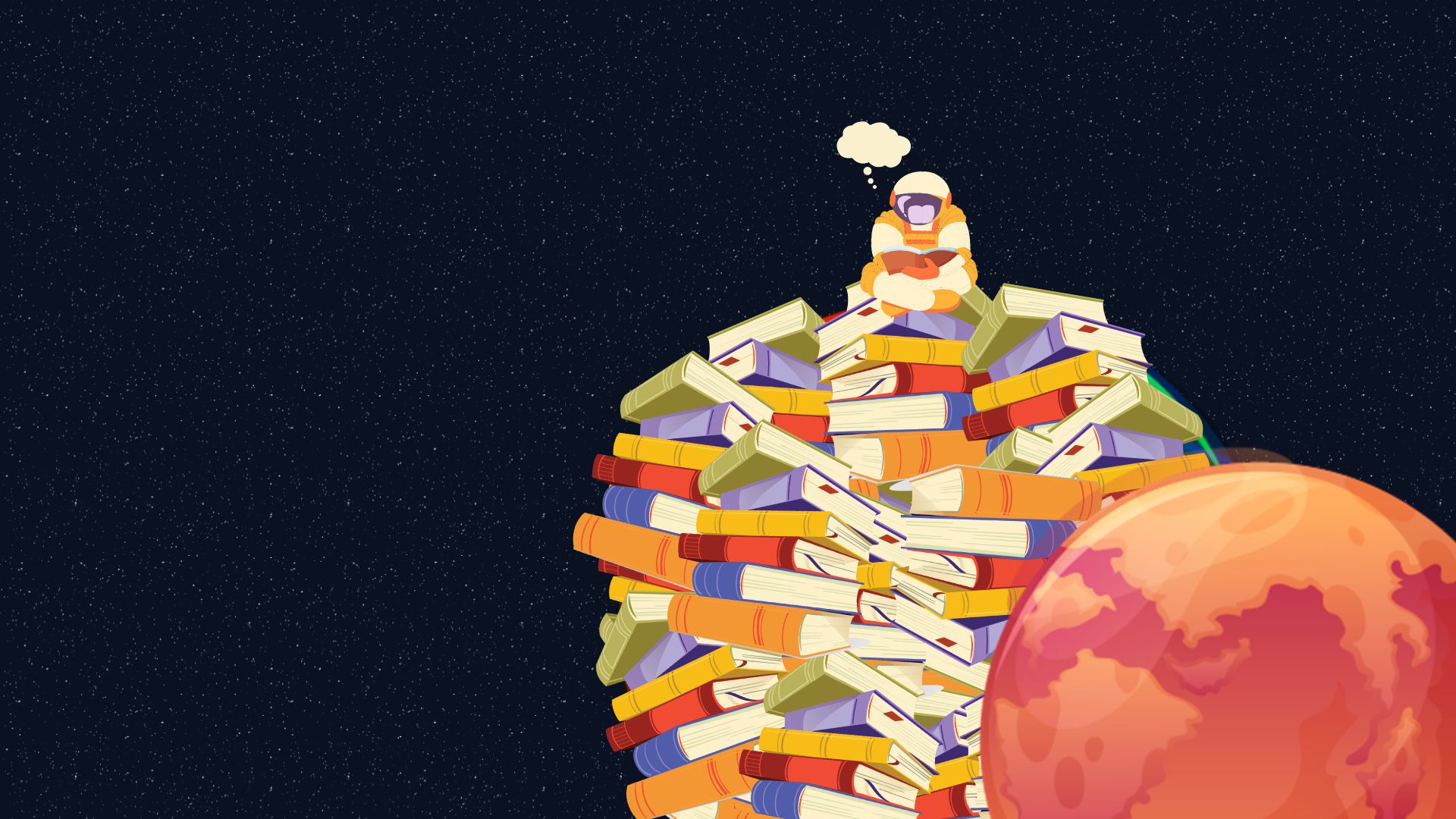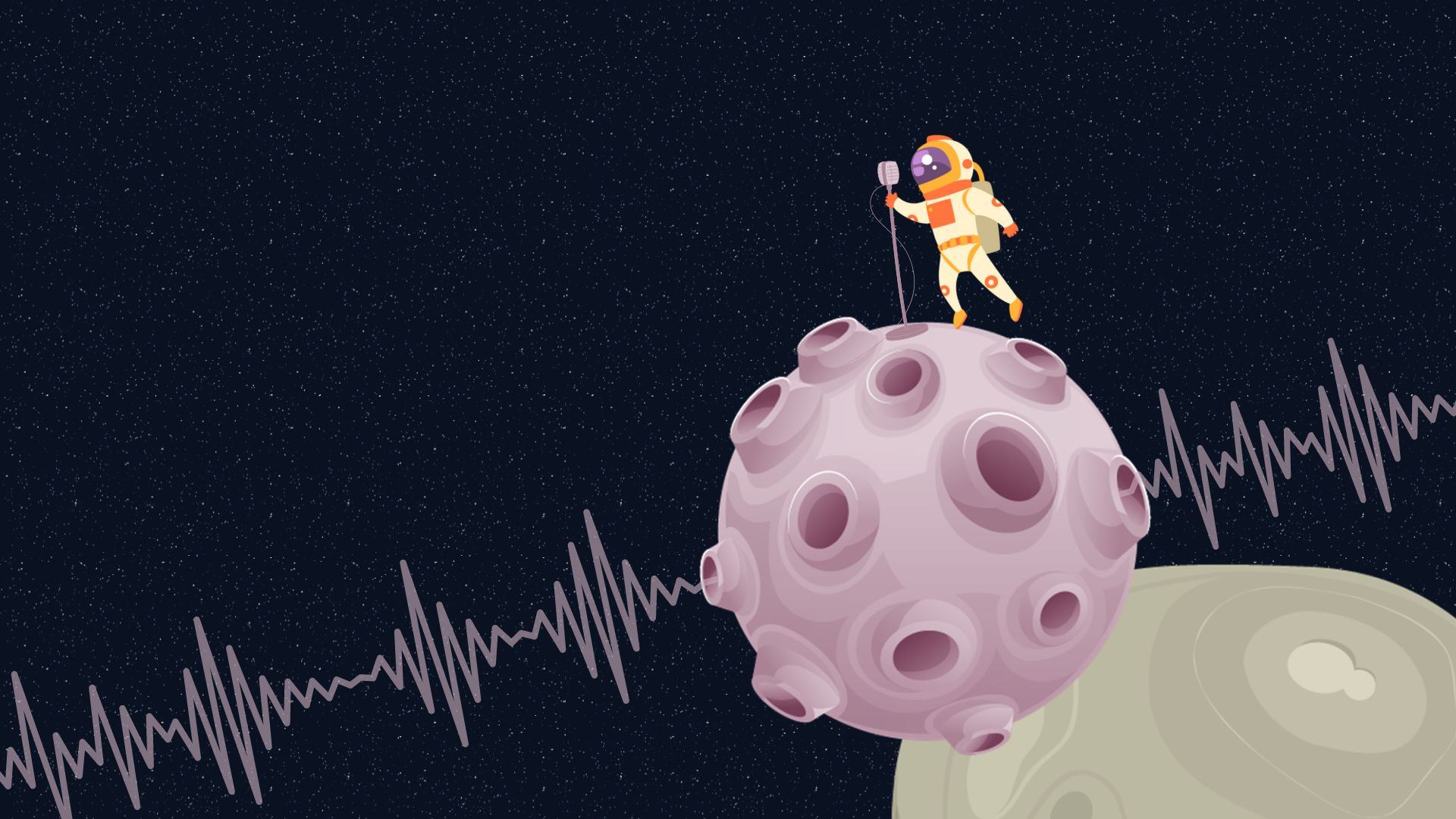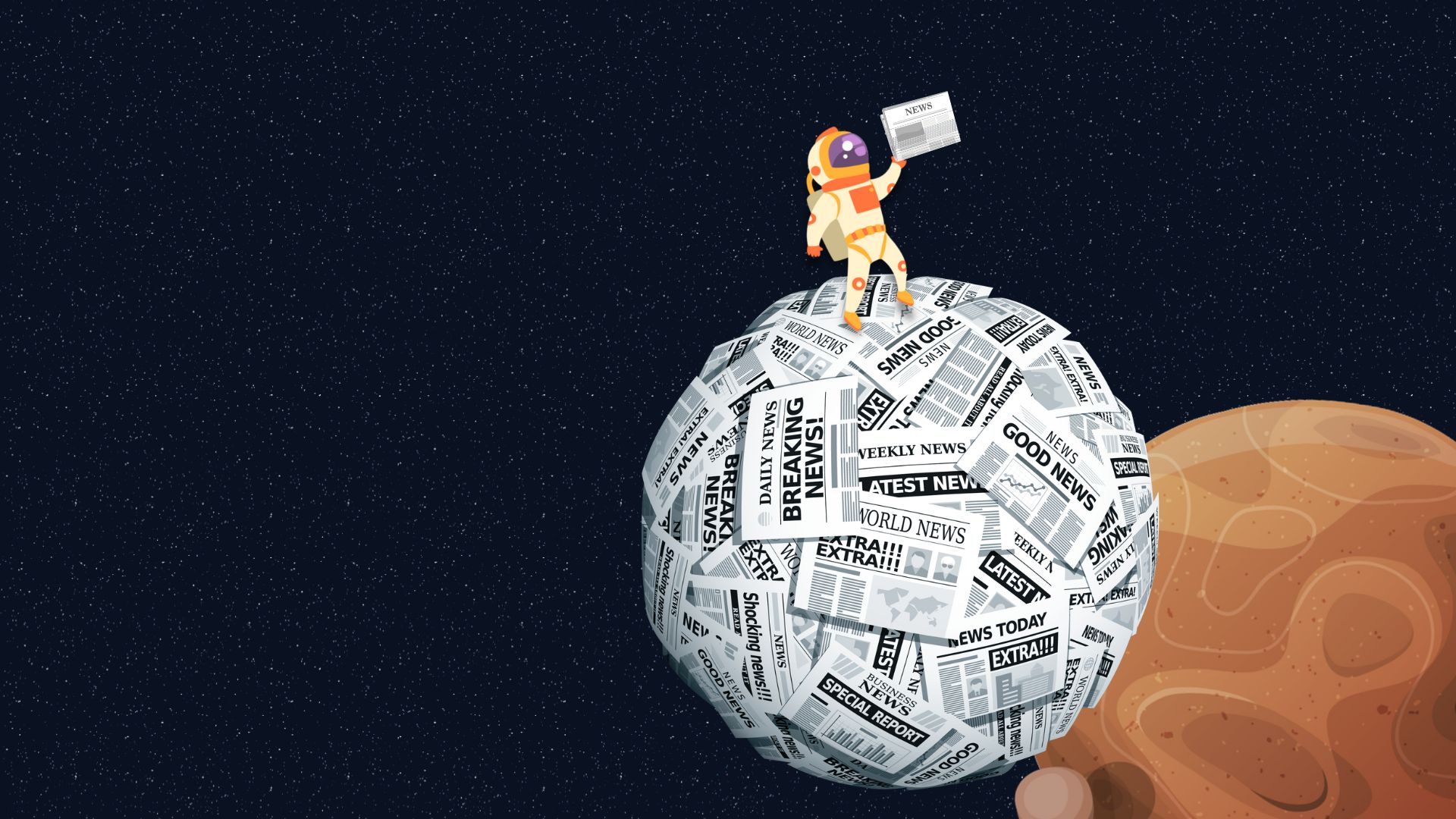Repetition is a powerful tool that poets use to create emphasis and evoke emotions in their readers. By repeating words, phrases, or lines, poets can reinforce key themes and ideas within their poetry. In this article, we will explore the different types of repetition in poetry and provide examples of famous poems that use them.
Anaphora is one of the most common forms of repetition in poetry. This is when a poet repeats the same word or phrase at the beginning of several lines in a poem. For example, in his famous poem “I Have a Dream,” Martin Luther King Jr. uses anaphora when he repeats the phrase “I have a dream” throughout the poem.
Epiphora is another form of repetition in poetry. This is when a poet repeats the same word or phrase at the end of several lines in a poem. For example, in his poem “Do Not Go Gentle into That Good Night,” Dylan Thomas repeats the phrase “rage, rage against the dying of the light” at the end of several lines.
Refrain is a form of repetition in which entire lines or stanzas are repeated within a poem. For example, in his poem “The Raven,” Edgar Allan Poe repeats the refrain “Quoth the Raven, ‘Nevermore'” throughout the poem.
Repetition is not only a tool for creating emphasis and reinforcing themes, but it can also be used to create a sense of musicality and rhythm within a poem. By repeating certain words or phrases, poets can create a sense of pattern and movement that can be pleasing to the ear.
In conclusion, repetition is a powerful tool that poets use to create emphasis, reinforce themes, and evoke emotions in their readers. Whether it takes the form of anaphora, epiphora, or refrain, repetition can add depth and complexity to a poem, making it a more powerful and memorable piece of literature.
Remember to use repetition in your poetry to emphasize your message, reinforce your themes, and create a memorable piece of literature that resonates with your readers.



